It’s India and it’s naturally a million degrees out there. People are constantly looking for shade and breeze in the sweltering summers, and as designers we can’t just sit still! A lot of people out there, think the only way to cool their spaces is by installing an AC. For those people, I have three words, ‘YOU ARE WRONG.’ Using air conditioners, although a quick fix and sometimes essential, is not the only solution to defeat heat. In fact, using ACs in the long run is bad for Earth, as it releases CFCs into the atmosphere. SO how can we combat heat in interiors, passively? Lets find out!
1. MATERIALS:
A lot depends upon the kind of materials used for building spaces. RCC, brass, aluminium, steel, glass are generally heat inducing materials whereas brick, stone, bamboo, ferro-cement, adobe, mud are cooling materials. Use of elements such as shading devices, pergolas, screens, brick jalis etc. also help in diffusing the sunlight and as a result cool indoor spaces.
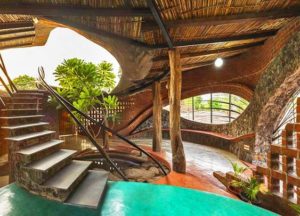
Not just in building elements, but even in other textures, like upholstery, curtains, flooring etc. can contribute to overall heating or cooling a room. Do not chose leather, wool or velvet for upholstery if you want to avoid sweat in summers. Opting for sheer curtains combined with thick opaque curtains can also help diffuse glare, and provide daylight indoors while preventing heat. Cork, glass tiles, bamboo or wooden flooring is a good option for hot countries, whereas carpet, stone, tiles generally are used in cooler climates. Avoid glazing in the south and west areas of your house, instead put bigger windows in the north and east to attract daylight and avoid glare. In case, you have windows in the South, opt for tints, heavy curtains and jalis. Introduce overhangs, chajjas, cooling devices in your building design, to keep it passively chill for long.
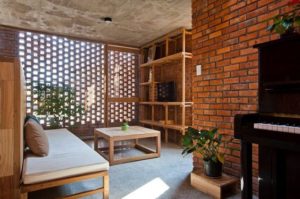

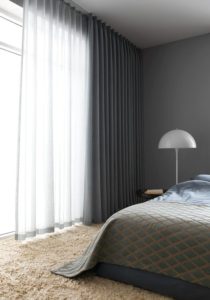
2. CROSS VENTILATION:
Every single person above 10 years, knows what cross ventilation is. But, is knowing the principle in theory enough? Why not apply it in daily life to take advantage of this phenomenon. Cross Ventilation ensures a constant flow of breeze in interiors, and thus keeps the space passively cooled.
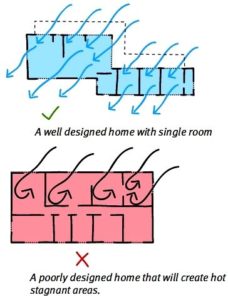
Installing a desert cooler, in the window and opening a couple other windows in the room instantly cools the space and restores the humidity levels in dry heat. Another tip is to hang a wet sheet in the bigger window, ensuring the hot air outside cools itself before entering the space. Putting plants and hedges outside windows, creating a green belt around your house is also a guaranteed way to passively cool the interiors.
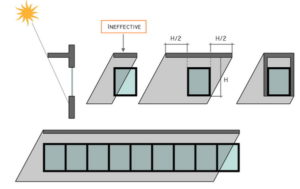
3. NATURE’S RESPITE:
If you look closely, nature answers all of Man’s questions. The same can be said about keeping cool! If you still haven’t guessed it, the answer is Plants and Water! Needless to say, having indoor plants, outdoor plants, terrace garden, pots and planters in your balcony, living room etc. can have a major impact on the temperature of your space.

Another major respite is water! A water body, be it a small pond, a pool, a fountain, a waterfall etc. for your interiors or garden can also bring the mercury down! Some plants that you can chose, which will not only cool your room, but are easy to maintain and hassle free are Aloe Vera (seriously, what isn’t this plant useful for?), Areca Palm Tree, Ficus, Fern, Golden Pothos etc. Scourge the internet for more ideas on how you can style these into your living room, bedroom, playroom etc. They’ll instantly add green to your space, which in itself is a cooling shade as well as inherently cool your house!


4. COLORS, PATTERNS & TEXTURES:
It is a simple rule of thumb, that red, orange, yellow etc. are warm colors and thus should be used in limits in a hotter clime. Colors like blue, white, soft grey, green, purple etc. when used visually soothe the eye and give it a cooler effect. Opt for a color scheme, which is soft, pale and neutral and introduce hues of cool colors for maximum effect. These colors, won’t chill the space literally, but they will provide visual respite.
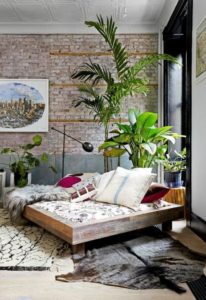
Patterns which are too busy or too haphazard are not advisable as they tend to make the space look smaller and stuffier. Opt for themes which have a cooler vibe, like blue tones, underwater theme for the children’s room, the view of the mountains etc. Avoid browns, too much brown furniture, flooring, walls etc. give the effect of a warm room.
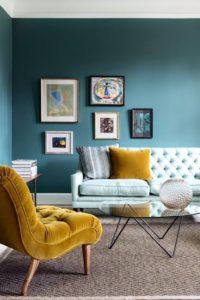

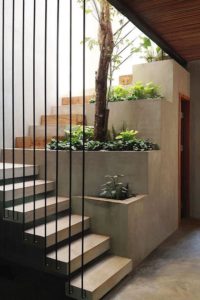
5. STOP APEING, START THINKING:
It’s become a trend of sorts, to see pictures online and completely copy the design in your own space, without thinking how the materials, colors and theme will react in our climate. If you are a designer, take it upon yourself to change this mindset and tell your client what’s truly right for him/her. If you are a client, read on.

Avoid use of glazing, no fireplaces unless you live in the mountains, a ceiling fan is a must, no leather sofas, reduce use of RCC, and many such things. Following a theme is one thing, and getting swayed by their practices is another. Consider style, look and feel, but try to use materials and techniques conducive to our living comforts.

These are the 5 must follow tips to combat heat in interiors this summer. Apart from that, you can contribute to reducing the overall temperature by developing a lawn, a herb or vegetable garden, by planting more trees, conserving water and reducing your carbon footprint!
